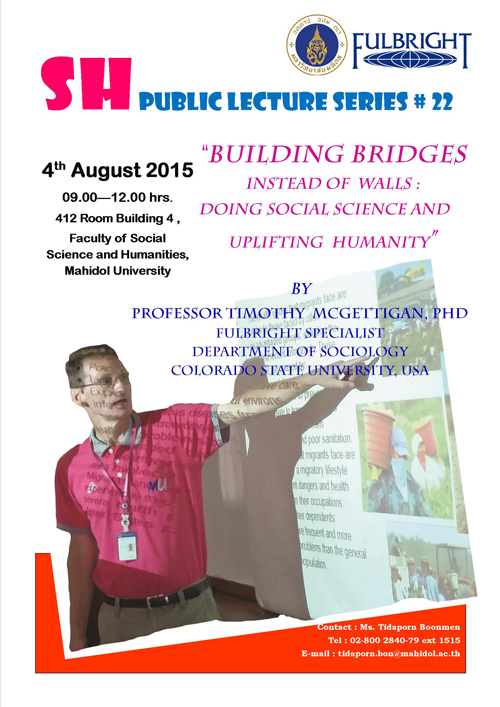>
Humans celebrate diversity in dogs that we abhor in humans. by DaPuglet
In 2008, anthropologists on the Island of Flores were astounded to discover fossil evidence of previously-unknown human inhabitants, Homo floresiensis. The most striking feature of Homo floresiensis is that, as adults, the extinct denizens of Flores stood little more than half the height (~1.06 m, or 3ft, 6in) of their more geographically-dispersed cousins, Homo sapiens. It appears as though Homo floresiensis underwent a physiological transformation similar to island-specific transmutations that Darwin noted on the Galapagos and on other geographically-isolated island chains around the world. Due to the new evolution pressures that species encounter upon migrating to isolated islands, Homo floresiensis underwent a dramatic and relatively fast (in evolutionary terms) selection process. Whereas island tortoises on the Galapagos, underwent a selection process that favored larger-sized tortoises, on Flores, the selection pressures for its human inhabitants favored a diminution in size.
The Flores finding is particularly striking because, in practically every other corner of the planet, humans exhibit only marginal variations in body size and weight. For example, African pygmies are the shortest of living human groups and, on average, pygmy women reach a height of just 1.33 m (4 ft) while men grow to a height of 1.45 m (4.34 ft). By contrast, the tallest living humans include members of various Sudanese tribes in which females reach an average height of 1.8 m (6 ft), while men grow to 1.9 m (6 ft, 4in). Based upon our expectations of human height ranges, the 30% differences in average height between pygmies and residents of the Sudan are astounding. If a group of pygmies were to stand back-to-back to a group of Sudanese, most human observers would goggle at such height disparities. This is primarily due to the fact that we are conditioned to expect far less deviation from the mean for global average heights among adult women (~5ft, 6in) and men (~5ft, 10in).
Consequently, if we make a direct comparison between one meter tall Homo floresiensis and the ~1.65 meter tall Homo sapiens, we tend to be amazed. Generally speaking, such substantial height disparities among healthy, adult human groups only tend to occur in fantasies and fiction (e.g., hobbits, elves, dwarves, etc.).
On the other hand, if we contrast variation among human groups with that of mammal species that are near and dear to humans, such as Canus familiaris, we find that even the most extreme differences among humans pale in comparison to variation exhibited among man's best friend: According to the Guinness Book of World Records, the world's tallest dog is a "Harlequin" Great Dane, named Gibson, who has a shoulder height of 42.6 in (107 cm) when standing on all four. In turn, the world's smallest dog, as recorded by the Guinness Book, was a dwarf Yorkshire terrier, just 2.8 inches (7 cm) tall. Compared to Canis familiaris, Homo sapiens--in all of our glorious but minuscule diversity--look like cookie cutter copies of each other.
Yet, in spite of Canis familiaris' mind-boggling diversity, one cannot overlook the fact that Great Danes, dwarf Yorkshire terriers, and every shape, color and variety of dog in between are all--biologically-speaking--the same animals: they are all part of one big, diverse species: dogs. It is curious that as intolerant as people can be regarding diversity in among humans, those selfsame racially-uptight humans celebrate diversity in other species with uncommon zeal. Common as it has been for humans to segregate their societies on the basis of barely perceptible racial and ethnic distinctions, has there ever been a dog park that discriminated on the basis of fur color? EX: No black dogs allowed!?
Judging from the human infatuation with canines of every size, shape and color--not to mention zoos, conservatories, and pet stores stocked with every imaginable critter--it is safe to conclude that humans are perhaps the world's most enthusiastic supporters of, with one caveat, genetic diversity. Of course, that one caveat is highly consequential. Remarkable as the human enthusiasm for diversity may be among non-human species, among our own species, humans tend to deplore diversity. That is, to put it mildly, a rich irony.
Prof Tim teaches sociology at CSU-Pueblo and he writes books about social change, such as...
A Formula for Eradicating Racism, http://www.amazon.com/gp/product/113759974X






